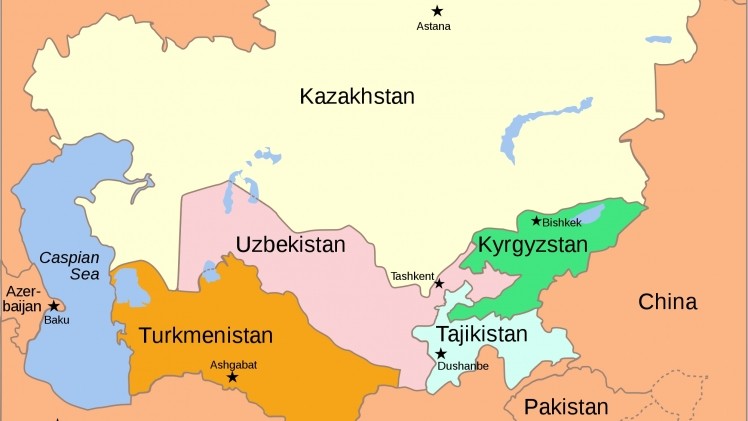Central Asia risks losses from malnutrition-overnutrition conundrum

In its latest Global Nutrition Report, the IFPRI found that most Asian former Soviet republics are facing overlapping burdens from different forms of malnutrition.
An assessment of the world’s nutrition, the report assesses countries’ progress in meeting global nutrition targets established by the World Health Assembly.
It documents how well countries, aid donors, NGOs, businesses and others are meeting their nutrition commitments, and spells out the actions that have proven effective in combating malnutrition in all its forms. This year’s report has a special focus on climate change, food systems and the role of business.
Armenia and Tajikistan, it says, have been experiencing high rates of stunting for children under five. And, along with Azerbaijan, Kazakhstan, Kyrgyzstan, Turkmenistan and Uzbekistan, these countries are facing high rates of adult overweight and anaemia among women of reproductive age.
According to the IFPRI, stunting can cost economies the equivalent of 10% of GDP, and obesity could cost healthcare systems up to 20% of their budgets.
The wider region has however made significant progress over the last 20 years in stunting rates, which have significantly decreased in Kazakhstan, Kyrgyzstan, Tajikistan, and Uzbekistan. In Uzbekistan, the reduction has been dramatic, halving from 40% in 1996 to 20% in 2006. In Tajikistan, stunting rates declined from 39% in 2007 to 26.8% in 2012. However, this progress has slowed across the region in recent years, while Armenia saw an increase in stunting from 15% in 1998 to 21% in 2010.
The IFPRI also says central Asia must make more progress on exclusive breastfeeding, which is hovering at around one-third of the region’s population. A recent Lancet series showed that breastmilk makes children healthier and smarter, and that the deaths of 823,000 children and 20,000 mothers each year could be averted globally through universal breastfeeding, along with economic savings of US$300bn.
The region has a key opportunity to make progress on these indicators, the report states. In many countries, spending on sectors which can improve nutrition, such as agriculture, education and social protection, is rising. It recommends adjusting programmes within these sectors to factor in nutrition to bring significant gains.
Lawrence Haddad, a Global Nutrition Report author, called on governments to act immediately: “In order to make significant gains on malnutrition, governments and donors must double their spending on tackling nutrition, and put in place policies and practices which can do ‘double duty’ and address both over- and under-nutrition at the same time. Unless we act now, future generations will pay for our neglect.”











